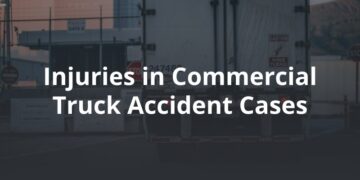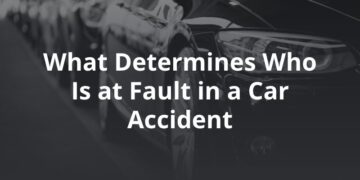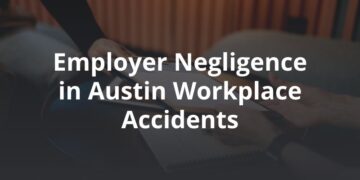In the last six months, the Texas Department of Transportation (TxDOT) has launched an ambitious project to improve traffic and ease congestion on Austin’s section of I-35. In late August, TxDOT approved $77 billion of funding for the Unified Transportation Program (UTP), an expansive 10-year plan for transportation improvement projects throughout the state. Included in that plan is $700 million set aside to expand and update multiple sections of I-35 in Austin.
That development is welcome news for Austinites, who are all too aware of the highway’s shortcomings. Previously this year, Austin’s I-35 was listed as one of the most dangerous highways in the country by The Congress for the New Urbanism (CNU), a nonprofit dedicated to solving social and infrastructural problems in the nation’s cities. That ranking is not unfounded: already this year, 11 pedestrians have died in collisions while crossing I-35, a record high. That stretch of highway has also been ranked as the third most congested major roadway in Texas.
Now it appears that state officials are ready to do something about it. Here’s how the new plan will impact I-35, and how it may help prevent accidents in our city.
Expansions to North and South Austin Sections of I-35
The bulk of the proposed changes focus on expanding I-35 in North and South Austin by adding managed lanes. They’re part of a TxDOT project in Austin known as the Capital Express project, aimed at enhancing mobility along the Austin corridor of I-35. The approved changes include the following updates:
- One managed lane added to the north and south stretches of I-35 between Texas 45 North in Round Rock and U.S. 290 East in North Austin.
- Two managed lanes added to the south section of I-35 that runs between U.S. 290 East to Texas 45 South.
It’s not clear yet exactly what form those managed lanes will take; HOV and carpool lanes are two possibilities. There are no plans to add tolls to those portions of the highway.
More Improvements Needed to Address Issues in Central Austin
The expanded lanes should do a great deal to address traffic in outlying areas of the city — areas that are poised for growth as Austin’s population continues to swell. However, TxDOT has not provided funding for improvements to the eight mile stretch of highway that runs through Central Austin. That’s unfortunate, since that area is undeniably the most congested and dangerous stretch of I-35 in Austin.
The proposed changes to the downtown corridor are detailed in the Capital Express plan and include expanding the highway to five elevated lanes on the first tier, with two managed lanes for local traffic running below, and north and southbound frontage lanes on each side. There are also preliminary designs that would create tunnels in the stretches running near the University of Texas.
Those improvements come with a major price tag though: officials estimate that restructuring the downtown section would cost around $5 billion. Full funding for that plan has yet to be identified, although Austin’s Capital Area Metropolitan Planning Organization has pledged to donate $400 million to the project.
Austin lawmakers, including Mayor Steve Adler, have expressed their appreciation to TxDOT for approving those changes. However, they note that the expansions, while helpful, aren’t comprehensive enough to address all of the transportation challenges on Austin’s stretch of I-35.
There is a clear link between congestion and traffic accidents. For instance, studies show that is much more dangerous to drive during rush hour traffic than at other times of the day. As it stands, the downtown portion of Austin is overcrowded to dangerous levels, meaning more accidents in our future unless drastic improvements are made.
As Austin car accident lawyers, we urge city lawmakers and TxDOT to identify additional sources of funding for the downtown section of the Capital Express project. And we support the city’s mission to put an end to accident fatalities in Austin.
Until then, we’re helping accident victims protect themselves by educating them about their rights and options. We offer free case consultations with our expert car accident lawyers so you can make the most informed decisions about your case. Contact us today to schedule your free case evaluation.






